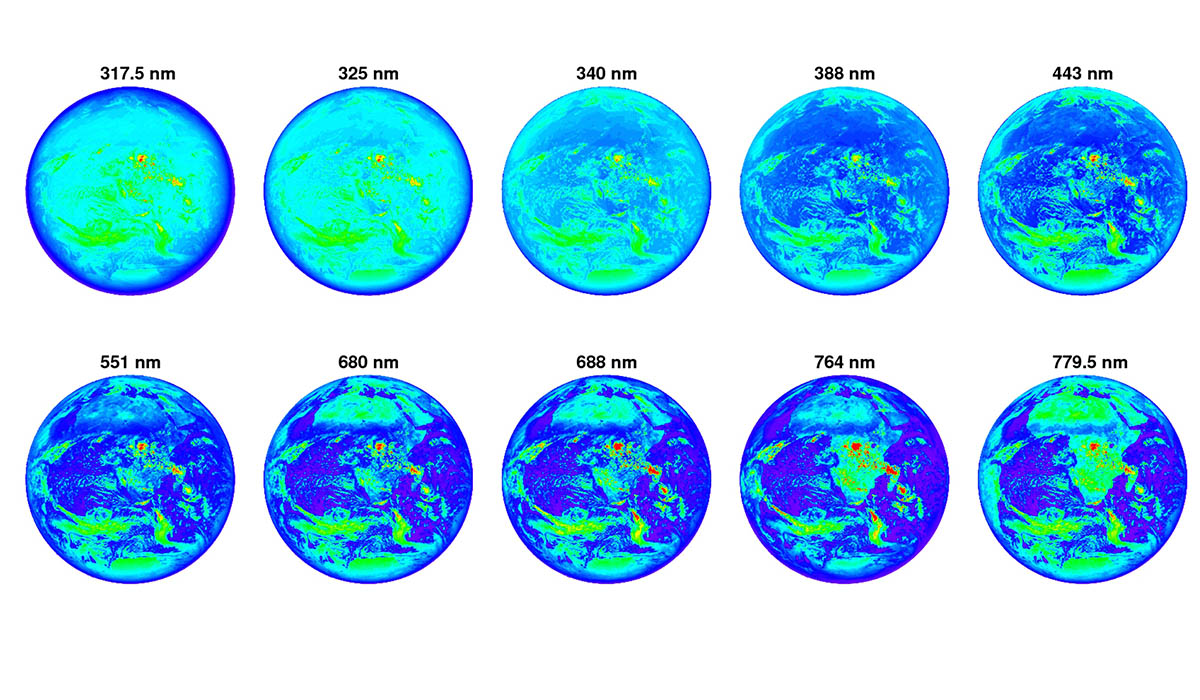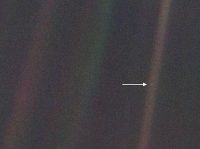This image shows the sunlit side of Earth, observed in 10 wavelengths by the EPIC instrument aboard the DSCOVR satellite. Each image shows the same snapshot of Earth in a different wavelength. The specific wavelength bands are indicated above each image. (NASA/NOAA)
Home This image shows the sunlit side of Earth, observed in 10 wavelengths by the EPIC instrument aboard the DSCOVR satellite. Each image shows the same snapshot of Earth in a different wavelength. The specific wavelength bands are indicated above each image. (NASA/NOAA) This image shows the sunlit side of Earth, observed in 10 wavelengths by the EPIC instrument aboard the DSCOVR satellite. Each image shows the same snapshot of Earth in a different wavelength. The specific wavelength bands are indicated above each image. (NASA/NOAA)




